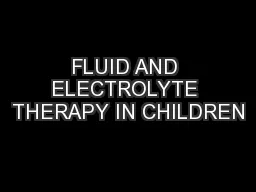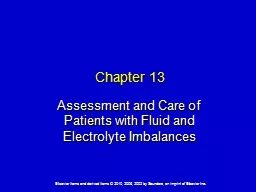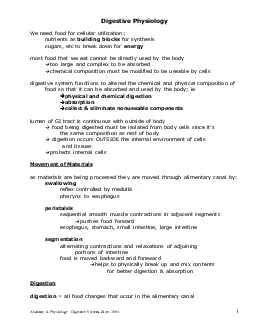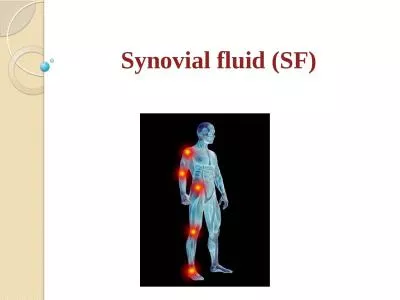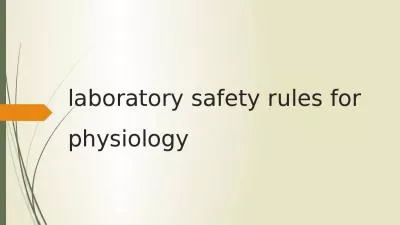PPT-Fluid and electrolyt Basic physiology
Author : LetsGetDrunk | Published Date : 2022-08-03
Water largest single component of the body Total body water approx 75 of body wt at birth amp decreases with age TBW divided into 2 main compartments a ICF 3040
Presentation Embed Code
Download Presentation
Download Presentation The PPT/PDF document "Fluid and electrolyt Basic physiology" is the property of its rightful owner. Permission is granted to download and print the materials on this website for personal, non-commercial use only, and to display it on your personal computer provided you do not modify the materials and that you retain all copyright notices contained in the materials. By downloading content from our website, you accept the terms of this agreement.
Fluid and electrolyt Basic physiology: Transcript
Download Rules Of Document
"Fluid and electrolyt Basic physiology"The content belongs to its owner. You may download and print it for personal use, without modification, and keep all copyright notices. By downloading, you agree to these terms.
Related Documents




